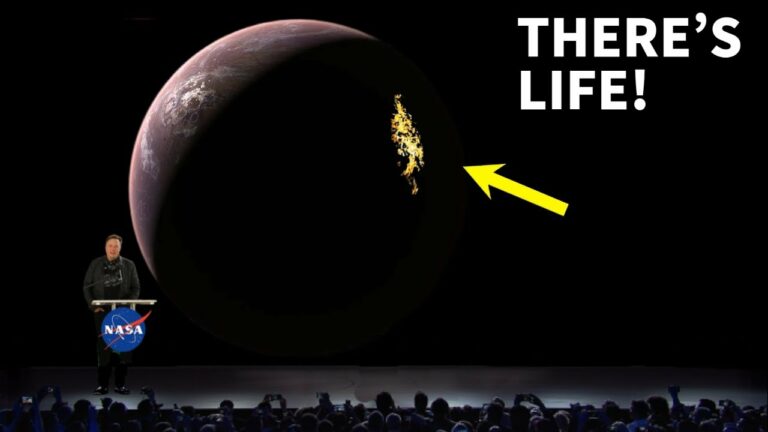James Webb Telescope Unexpected Discovery On Proxima B SHOCKS The Entire Industry!
Scientists are keeping an eye out for lights on Proxima B, an exoplanet far out in space, with the aid of the brand-new, highly effective James Webb Space Telescope.
These lights could provide the last, conclusive proof that the planet is inhabited by extraterrestrial life. In our galaxy alone, there are more than a quadrillion planets.
So there’s a chance that there could be an inhabitable planet or moon out there. In other words, it might be inhabited by intelligent aliens. For a very long time, people have been looking for aliens. But now that one of the largest and closest Earth-like planets has been found, the James Webb telescope will likely provide all the answers to our queries.
To understand Proxima B, we must first comprehend what an exoplanet is Planets outside of our solar system are known as exoplanets. These planets move in an erratic manner and are extremely elusive.
Before James Webb, there was no powerful telescope available for astronomers to seek for them. They were forced to employ several techniques, including transit-photometry and Doppler spectroscopy.
Proxima B is one of the exoplanets that is closest to Earth, all things considered. 4.24 light years separate it from Earth. The closest star to our solar system, Proxima Centauri, orbits around the sun, which is Proxima B.
Scientists think Proxima B, which was discovered in 2016, is located in its sun’s habitable zone. These exoplanets like Proxima B may now be concealing alien life simply because it is too challenging to find them.
But what makes this exoplanet different from the billions of other planets? Well, artificial light is the cause. Proxima B emits rays of artificial light. The scientists were startled by that.
They began to think that there might be life on the planet’s dark side, and that this life might be technologically more evolved than our own.
How will they examine the exoplanet that is now so hard to find and located at a distance of light years? It is feasible because of the James Webb telescope, which I know most of you are aware of, but here is a little introduction. The largest and most potent space telescope ever constructed, it. This telescope’s primary advantage is its ability to see through dust clouds.
On the massive mirrors with gold coatings, the telescope operates. They will be reflecting the infrared rays, creating an image that is unimaginable to us. The Proxima B will be one of the first discoveries made with this telescope.
However, the first issue is that a planet that is intended to be habitable needs to be similar to Earth in order to support life.
So let’s contrast it to Earth and discover Proxima B’s fascinating features. The size of Proxima B is 1.27 times that of Earth. While our sun is 93 million miles away, Proxima B is only 4.6 million miles from its sun. It is now 5% of our sun’s distance away.
Do experts currently believe that Proxima will support life? In light of the fact that Proxima Centauri is 4000 times fainter than the sun.
Proxima B’s habitable zone, according to scientists, makes it possible for water to exist on its surface. They also imply the existence of earthly ground, such as mountains. Proxima is now 4.24 light years away from Earth.
While on Earth it might seem far away, in space it is like living next door. It ends an eleven-day cycle that lasts one day. Tidally locked in synchronous motion is Proxima B.
In layman’s terms, one side of Proxima B is always illuminated while the other is totally black.
The motion resembles that of the moon on Earth. You now realize what a fantastic exoplanet it is for looking for extraterrestrial life.
What research is being done to determine whether there are aliens on Proxima B? One of the first things is that the researchers are working hard to identify any artificial light emanating from Proxima B’s surface.
Astronomer Avi Loeb from Harvard University is one of them.
Do not forget to share your opinion with us to provide you with the best posts !




0 Comments